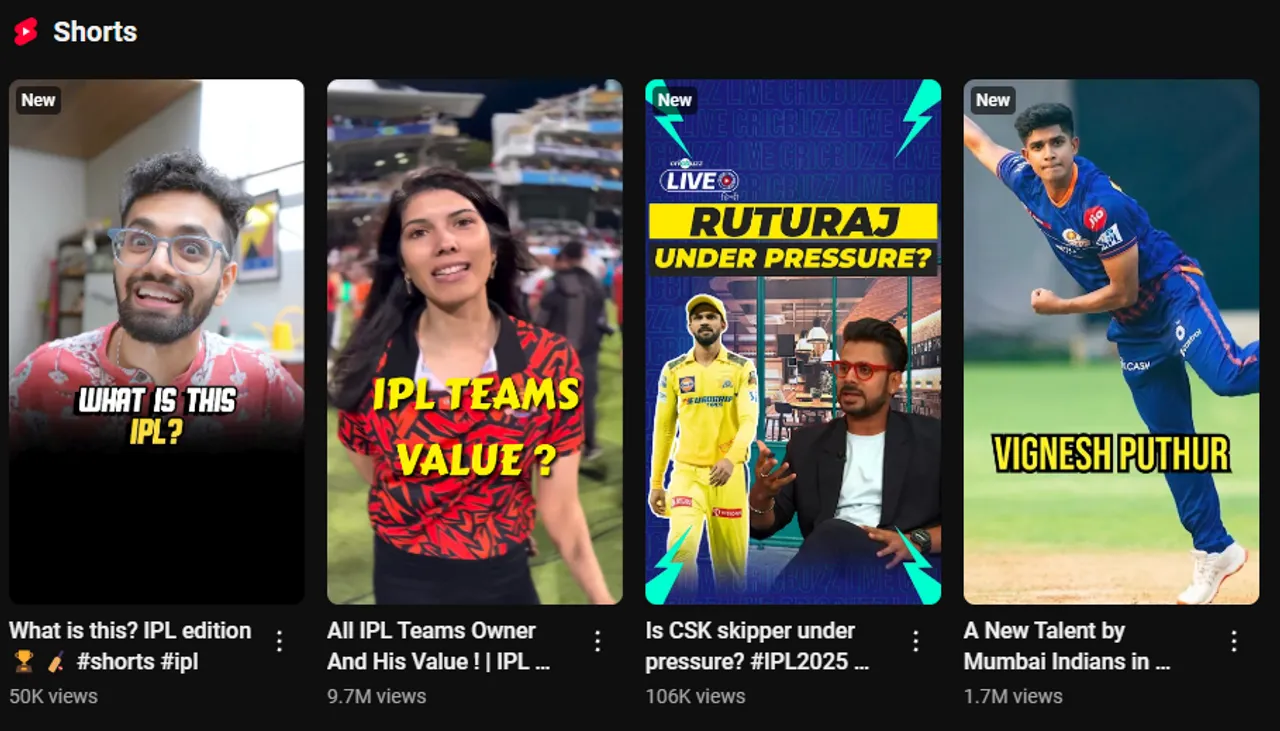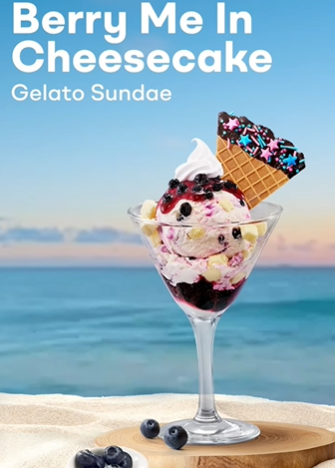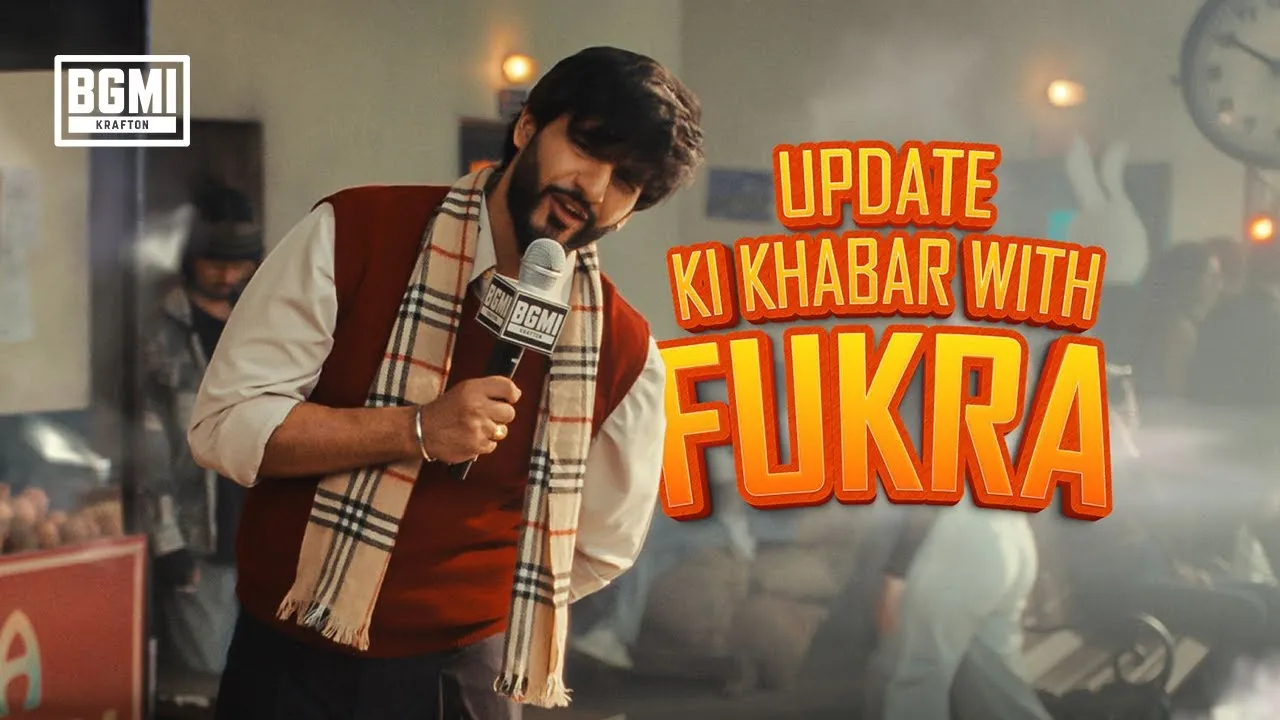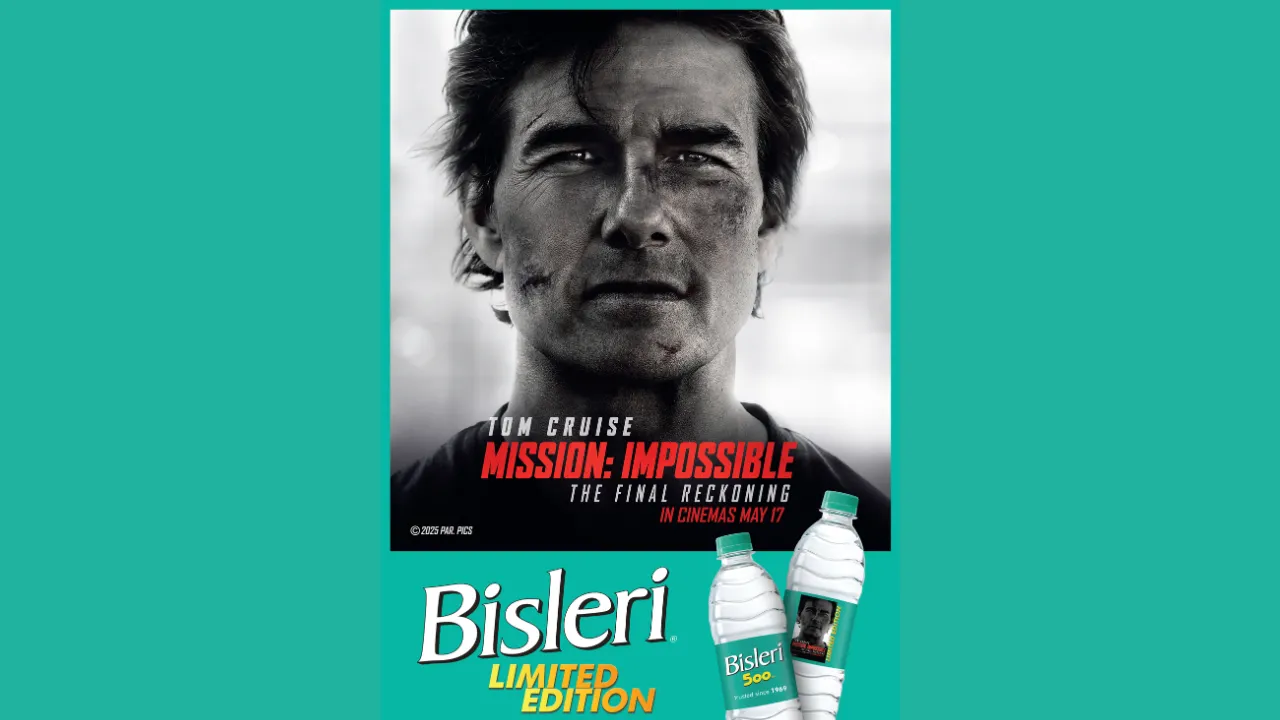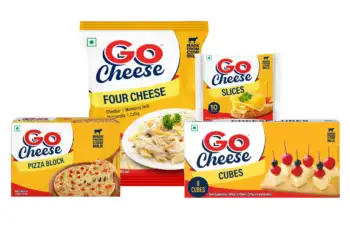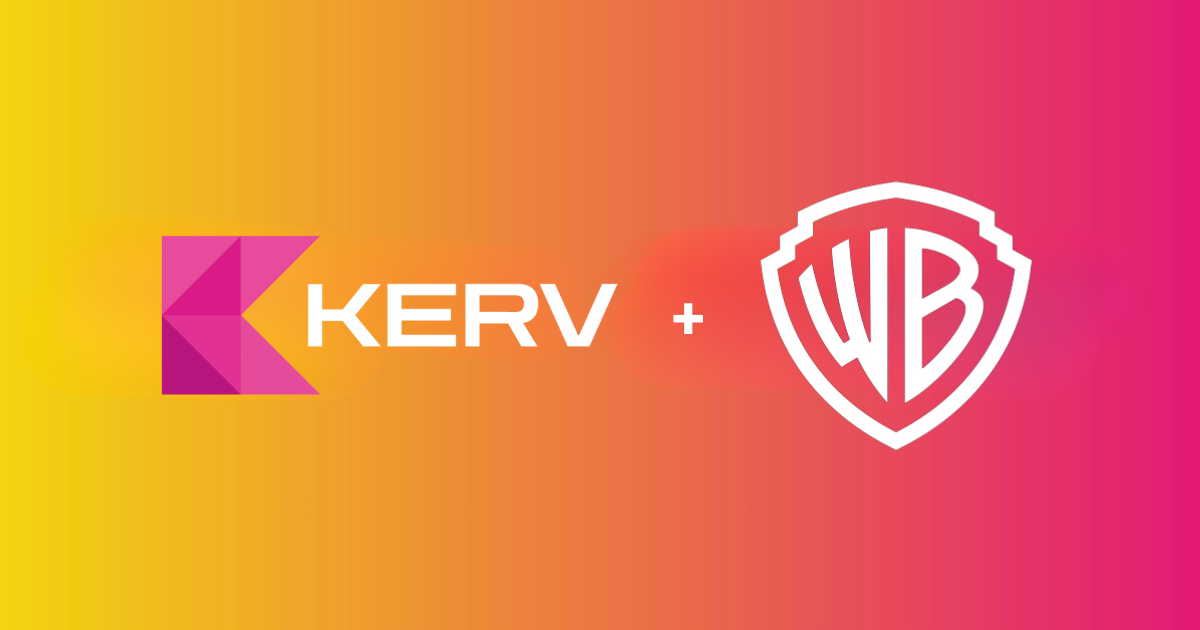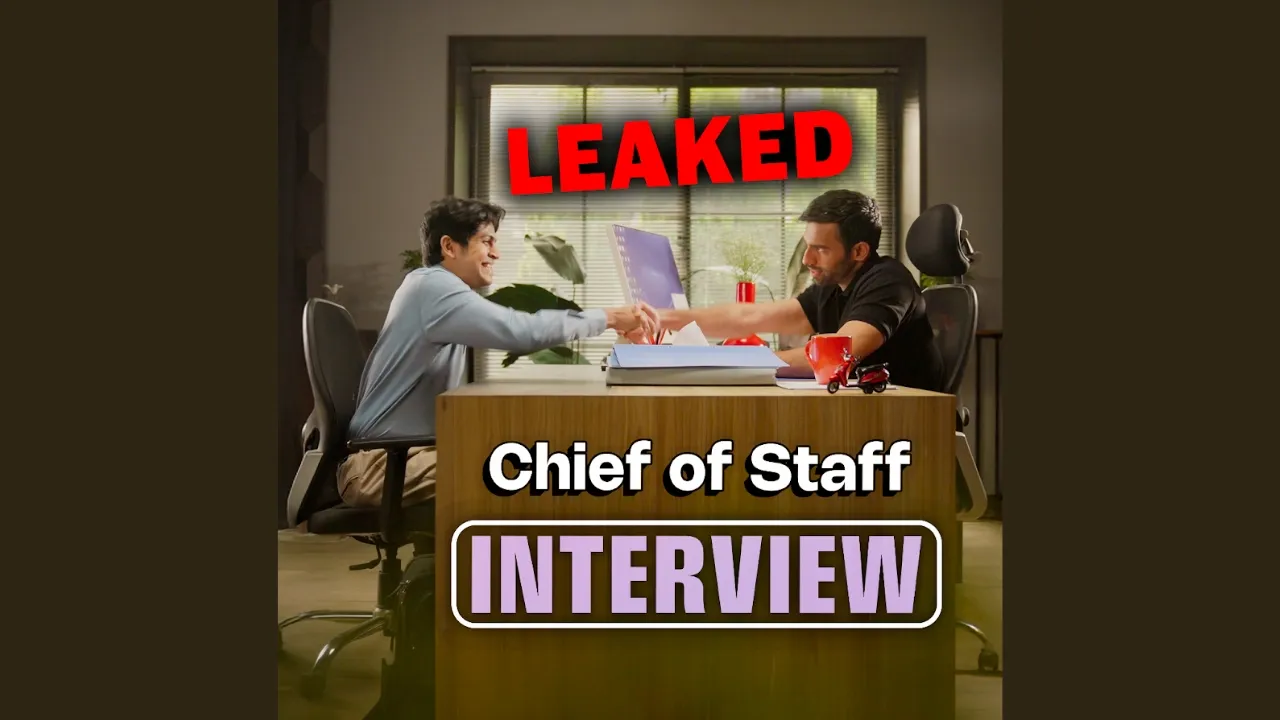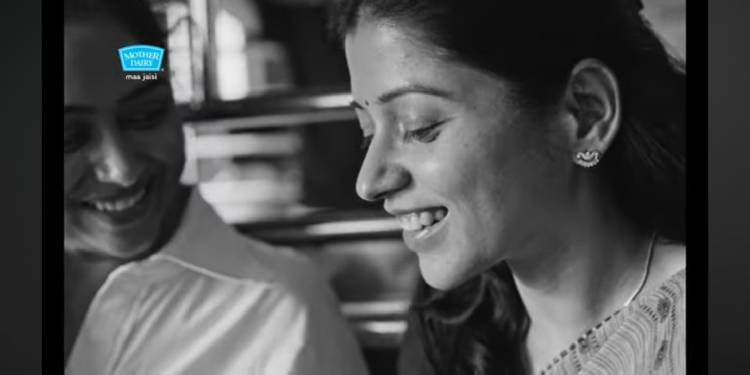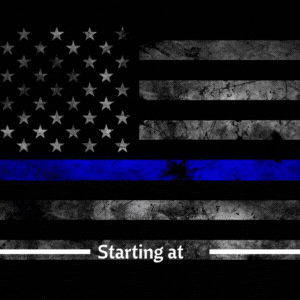With hundreds of brands splurging their marketing spends during the IPL, the race for consumer attention has become intensely competitive. In the midst of this chaos, many brands run the risk of getting lost in the clutter. However, as Shubha Pai, Head of YouTube Sales and Solutions at Google India, reveals in a conversation with afaqs!, an increasing number of marketers are turning to YouTube as a powerful alternative to traditional sports advertising.
Cricket in India has moved far beyond being just a sport—it’s now a dynamic, always-on cultural phenomenon. “Cricket is very simple. It is as much a beloved sport as it is a feeling,” says Pai. This sentiment highlights the emotional and communal connection fans share with the game. Unlike traditional viewing, where the action ends when the match ends, YouTube keeps the cricketing spirit alive through continuous content, conversations, and community engagement.
Pai explains that cricket content on YouTube is driven by what she calls the “three C’s”: Conversation, Culture, and Community. The evolving cricket dialogue is influenced by pop culture, amplified by creators, and powered by a deeply invested fan base. This framework has transformed how cricket is consumed, created, and monetised on the platform.
The data underscores this shift. During IPL 2024, viewers spent 20% more time on non-live content, showcasing a growing appetite for on-demand, immersive cricket experiences. In the past year alone, cricket-related content on YouTube amassed over 50 billion views, and search interest around the sport has skyrocketed. According to a SmithGeiger study, 95% of Indian users aged 14-44 who identify as fans use YouTube weekly to engage with their favorite content. Specifically, 67% watch cricket content on YouTube and YouTube Shorts, making it the most preferred digital platform for sports fandom.
What sets YouTube apart is its interactive and community-driven features. From live chats and polls to watch parties, YouTube transforms passive viewing into an engaging, two-way experience. It’s also the birthplace of cricket memes, parodies, post-match banter, and fan-led analyses. As Pai puts it, “Fans don’t just consume content. They shape the cricket narrative.”
This ecosystem is fuelled by a new generation of creators—“Crictubers”—who are breaking down matches in regional languages, connecting with niche fanbases, and turning viral moments into mass entertainment. These creators make cricket more relatable, accessible, and endlessly engaging. “The game may end, but the fandom on YouTube never does,” Pai reflects.
For brands, traditional IPL advertising during live broadcasts is becoming increasingly ineffective. With 1400+ brands advertising during IPL 2023 alone, the average viewer could only recall 3 to 5 brands. Add to that the widespread second-screen behaviour—where 90% of fans and 93% of Gen Z are simultaneously using other devices while watching live sports—and it’s clear that 10-second TV ads are no longer enough.
Gen Z viewers in particular are multitasking—checking stats, scrolling social media, or ordering food while watching the match. And with only two of the 600 ads being longer than 30 seconds, most messages simply fail to make an impact in this fragmented attention economy.
This is where YouTube offers a unique edge. It provides a range of content formats, from Shorts to long-form videos and connected TV, tailored to specific marketing goals. Add YouTube’s AI-driven targeting capabilities, and brands have a much more precise, effective way to reach their audiences.
Pai shares an example of how Swiggy capitalised on this opportunity. During the 2023 Cricket World Cup, the food delivery platform ran non-skippable and bumper ads across YouTube, targeting viewers before, during, and after matches. They also used the YouTube Masthead to dominate key match days. The result? A 10% lift in brand awareness and a 15% increase in Swiggy Instamart searches during the cricket season.
Beyond just cricketers and sports analysts, mainstream entertainment creators also hop onto the cricket train during big tournaments. They engage fans through post-match critiques, collaborations, and reaction videos, turning YouTube into a vibrant digital clubhouse for cricket lovers.
In this new digital cricket economy, YouTube isn’t just another platform—it’s the arena, the commentary box, the meme page, and the community centre all rolled into one. While traditional IPL ad slots remain crowded and constrained, YouTube offers brands flexibility, reach, interactivity, and above all, attention that matters.
Video:
Author: Sathya Udaiyar
